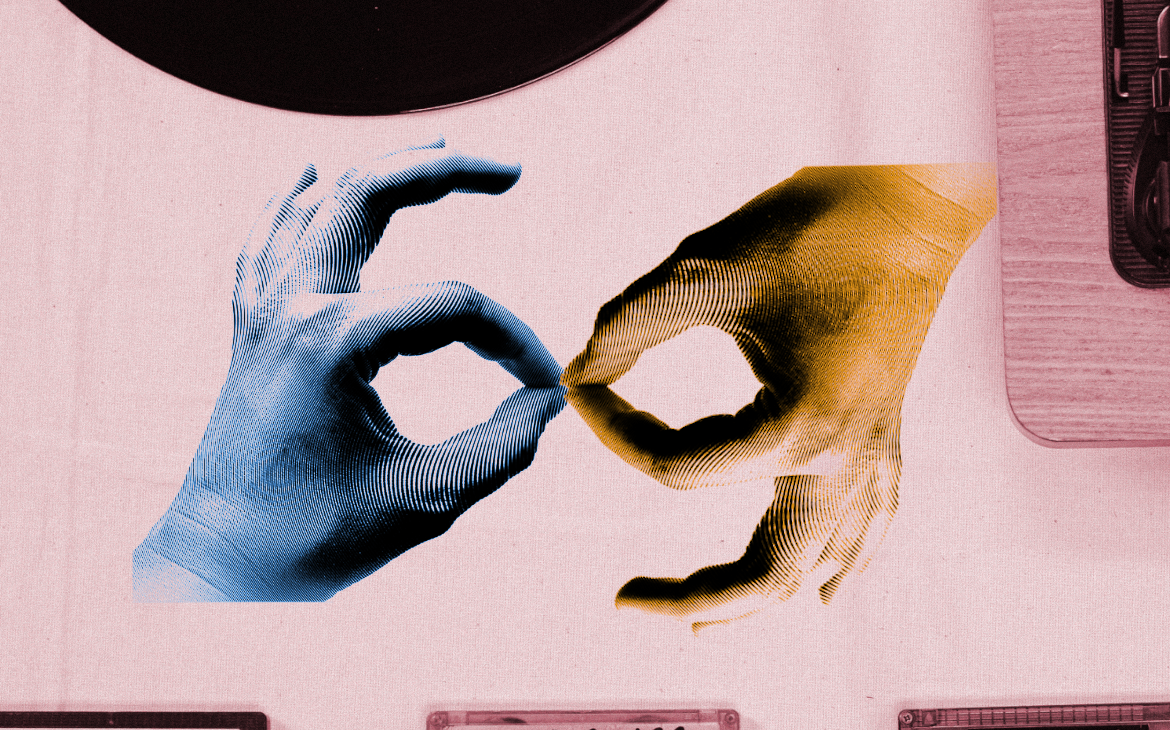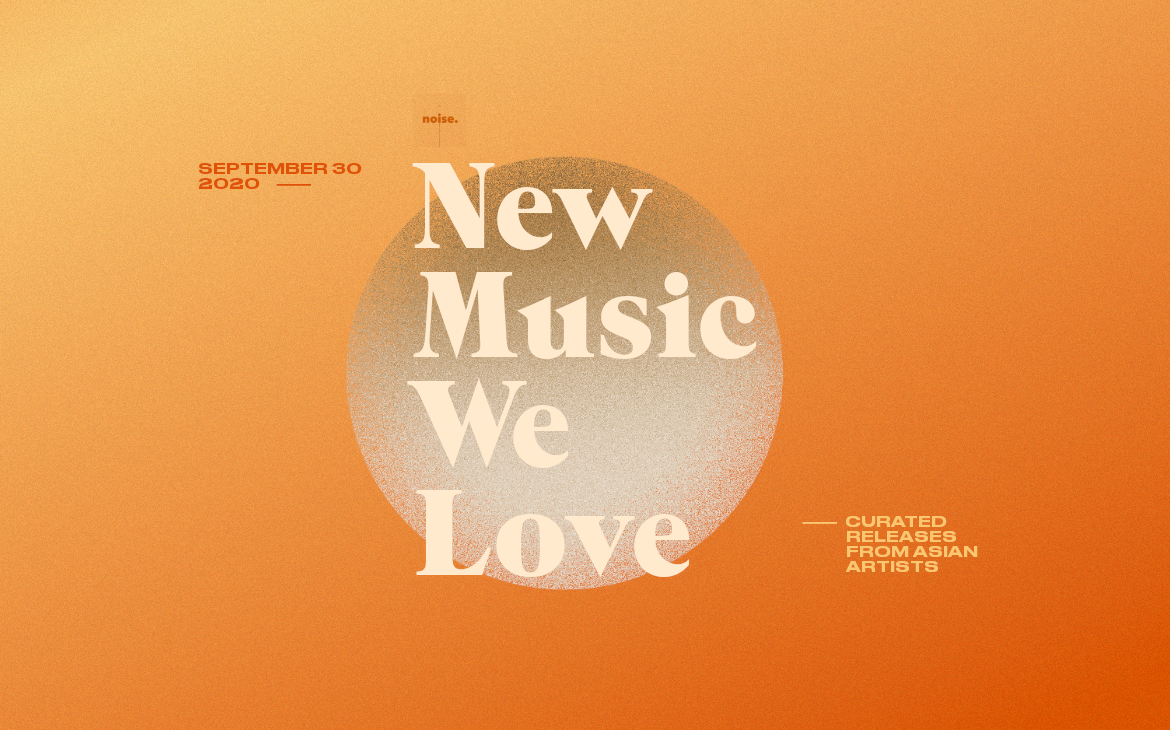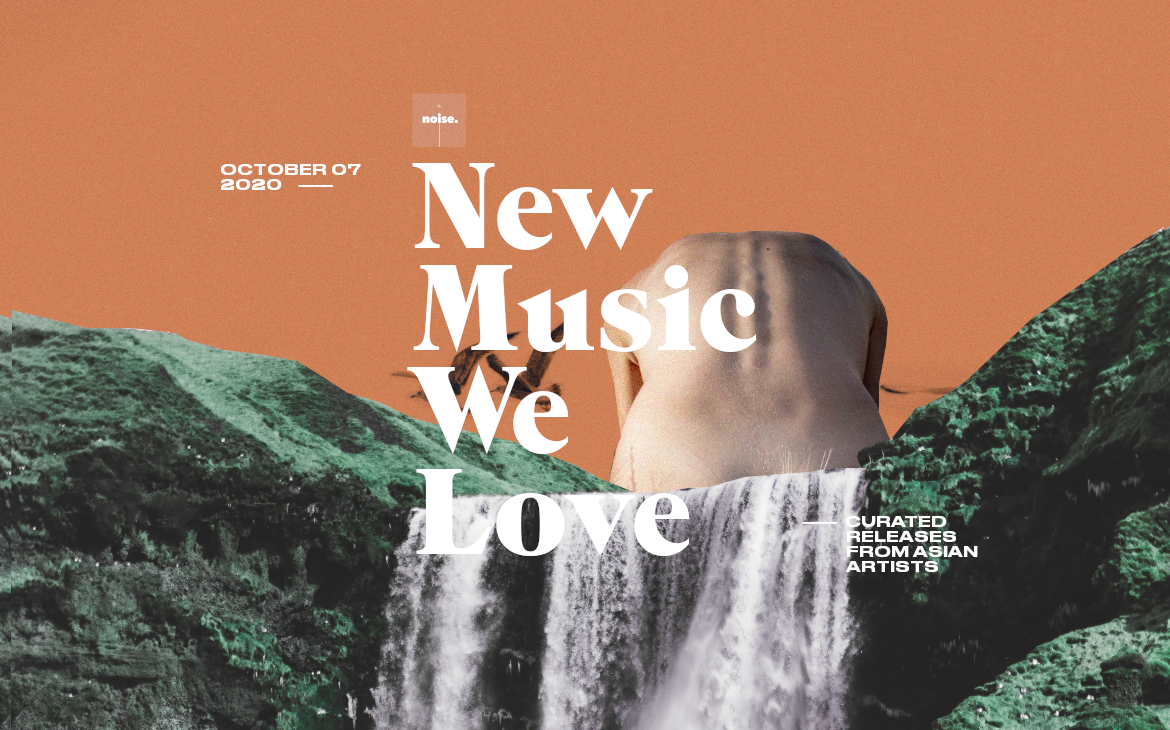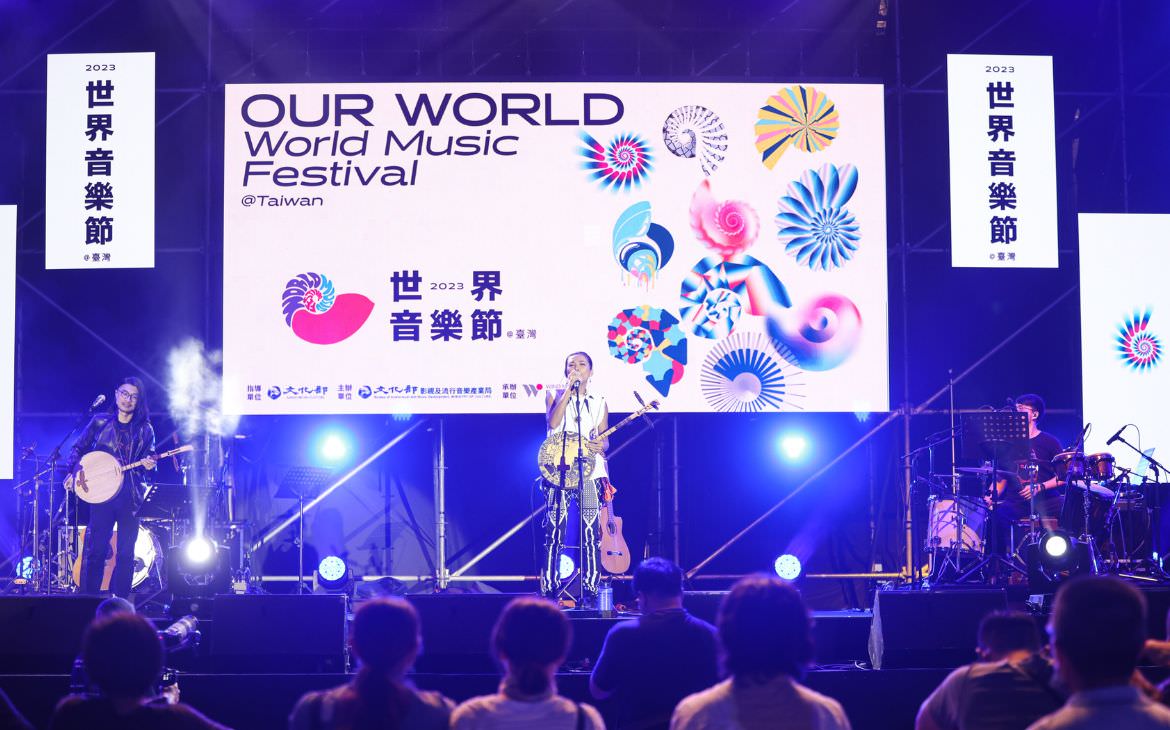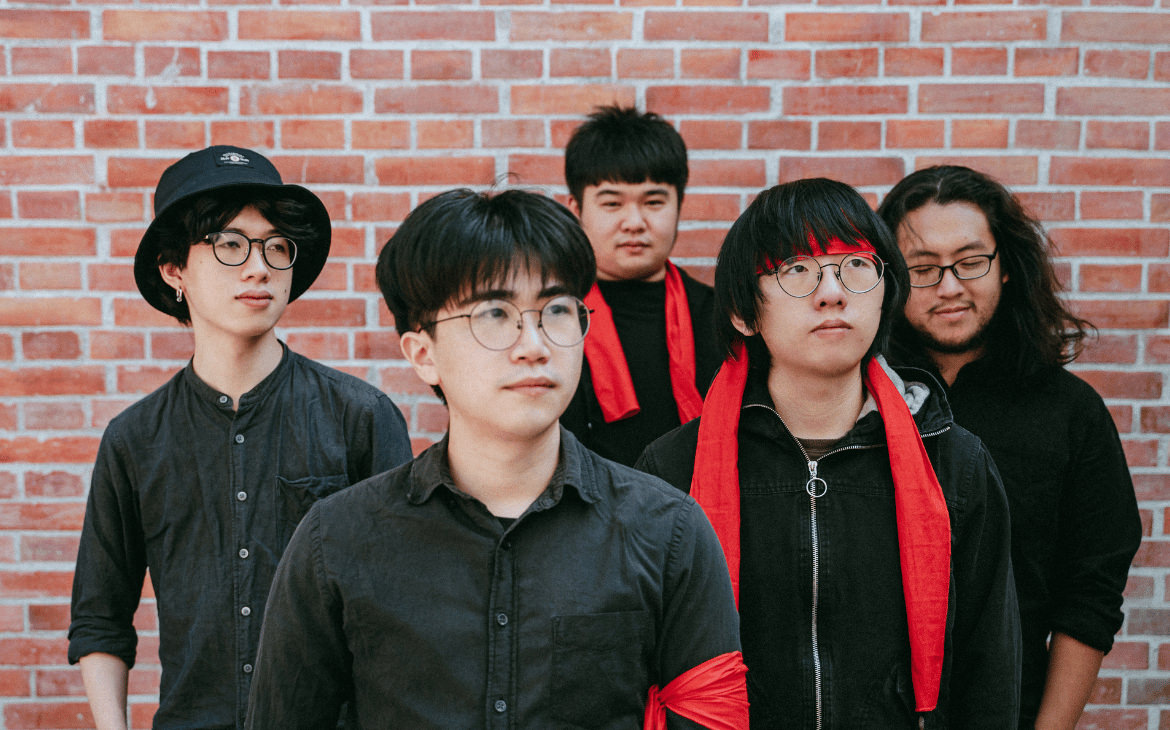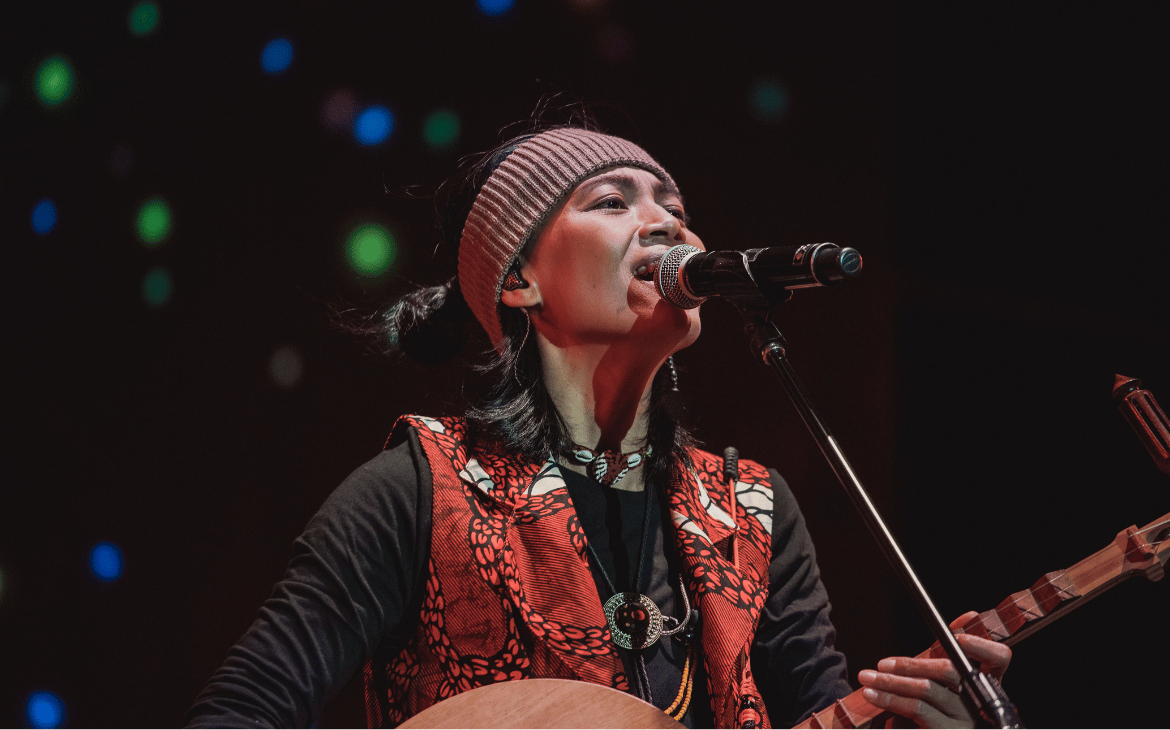Sign language provides accessibility, which should also go hand-in-hand with promoting inclusivity throughout all spaces where communication necessitates language.
Words and Illustration by MC Galang
“Having interpreters [on stage] offer a new perspective, and it seems that people also enjoy it when the interpreters perform onstage,” says Bayani Generoso, Jr., a Filipino Sign Language (FSL) interpreter during the Metro Manila Pride March 2018. I remembered watching a Vox video about how sign language brings music to the Deaf, by “[translating] a hearing-centric music world into a visual one.” The explainer video outlined the five parameters that must be followed by American Sign Language interpreters: hand shape, palm orientation, location, movement, and non-manual markers or signals, which are key to conveying instrumental sounds.
The last parameter is especially vital for communicating music, especially for live events: something that has been largely left out in traditional sign language interpretation. Usually, it’s often limited to a cue when music is playing (apart from the actual vibration), with little to no language being expressed to relay the sound playing to the Deaf audience.
In 2018, Republic Act No. 11106, or The Filipino Sign Language Act was enacted into law, which declares FSL as “the national sign language of the Filipino Deaf and the official sign language of government in all transactions involving the Deaf, mandating its use in schools, broadcast media, and workplaces.” The Kapisanan ng mga Brodkaster ng Pilipinas (Association of Philippines Broadcasters) adopted the mandate, implementing the measure throughout national media. According to the KBP, the legalization of the FSL “forestalls the confusion arising from the use of different types and variants of sign language in use today,” which currently impacts at least 121,000 Filipino Deaf today.
Although the law now recognizes FSL as an official language, accessibility should also go hand-in-hand with promoting inclusivity throughout all spaces where communication necessitates language.
However, the mandate does not currently cover publicly held music-oriented gatherings and events, where FSL is not required and therefore not broadly applied. Although the law now recognizes FSL as an official language, accessibility should also go hand-in-hand with promoting inclusivity throughout all spaces where communication necessitates language. But there are a couple of promising developments: the De La Salle-College of Saint Benilde’s School of Deaf Education and Applied Studies (SDEAS) offers a certificate course to “all Deaf and Hearing individuals” within the Benildean community and the general public. In May of this year, they offered an online crash course for free. The Philippine National Association of Sign Language Interpreters (PNASLI) organization also has been more vocal about their advocacy to inform and educate the public about the Deaf and Hard of Hearing.
And then there’s the visibility of FSL interpretation at music shows.
While preparing for our own event two years ago, I reached out to Generoso to inquire about having sign language interpretation for our music festival, where I learned that while there’s a growing number of FSL interpreters in the country, the pool is smaller when it comes to the performing arts, which includes stage plays, music and film festivals, stand-up comedy, television programs, and more. Generoso walked me through what typically encompasses interpreting for music festivals: “We not only have to listen to the music, but analyze the meaning and figure out movement and an interpretation that matches the melody… and of course, rehearse and practice, [even] well beyond the four hours allotted in my quote. [I] even went to artist’s rehearsals so that I can learn the choreography and incorporate it into the performance,” he shares.
I reached out to three people in the community to know more about how music shapes their experiences and the role of FSL in forming those.
The following interviews have been lightly edited for length and clarity.
Cyrus Kenneth Samson, Deaf Musician
Can you introduce yourself and share with us something about your hearing loss?
Hello, my name is Cyrus Kenneth. You can call me CK. I have been working in the BPO industry for almost four years now. I was born premature since my mother was sick. When I was a year old, I could still hear. But when I turned two, I started to lose my hearing and it affected my speech.
Can you share with us your earliest memory of experiencing music or being interested in the arts?
I first became interested in music when I saw Hearing dancers. I was mesmerized by their moves to the beats of the music. I then became interested in [playing the] drums since I could feel the beat. So I asked a Hearing friend of mine to teach me to play the drums. With much practice, I excelled in playing the drums and learned to play other instruments such as the guitar. Even though I was deaf, I was involved with music from my elementary through high school days. Playing the drums made me feel happy and comfortable with myself.

What form of media is most helpful for you to experience music? What cues are most important or most helpful for you when listening to music?
I listen to music wherever I go through my MP3 or CD player and with the aid of my headset: it helps me feel the bass and beat of the music even more. When I listen to music through a live presentation, I look at the artist’s facial expressions and body movement. With my headset on, I turn up the volume so that I could feel the vibration, rhythm, and beats. These connect me to the songs I listen to.
How do you think interpreting music through FSL is different from or similar to interpretations on non-music dialogue?
Interpreting music through FSL is similar to non-music dialogues because the interpretation still involves facial expression, body movement, and clarity of signs for the Deaf community to understand the message being conveyed.
Here’s a wish I’d like to share: that the Philippines could have an all-Deaf band in the future. Might seem impossible, but who knows?
How would you describe music?
Personally, music gives me so much comfort, clarity of mind, and happiness. Music helps me set aside my problems and look forward to the joys of life.
What do you hope for the local music industry to know about the Deaf community? Are there any specific changes you wish to take place?
I hope the local music industry can be aware that there also is a Deaf community they could service. I hope there could be open opportunities for the Deaf to be involved in music. The Deaf can be trained in playing musical instruments such as the drums and guitar; it’s because they can also feel beats and vibration so the timing would not be a concern. With the guided support of the hearing community, this could work.
Here’s a wish I’d like to share: that the Philippines could have an all-Deaf band in the future. Might seem impossible, but who knows?
Ace Dela Peña, Deaf Performer
Can you introduce yourself? Can you share with us something about your hearing loss?
I am John Ace Dela Peña and I’m 33 years old. I was born profoundly deaf in both ears. I became deaf because when my mom was pregnant, she had a high fever due to German measles. I’m the only Deaf in the family. I wore hearing aids on both ears until I was 15 years old and finished elementary at the Philippines Institute for the Deaf (the first oral school for the Deaf in the Philippines). I then underwent cochlear implant surgery on my right ear and started going to a hearing high school and college, balancing both Deaf and Hearing worlds.
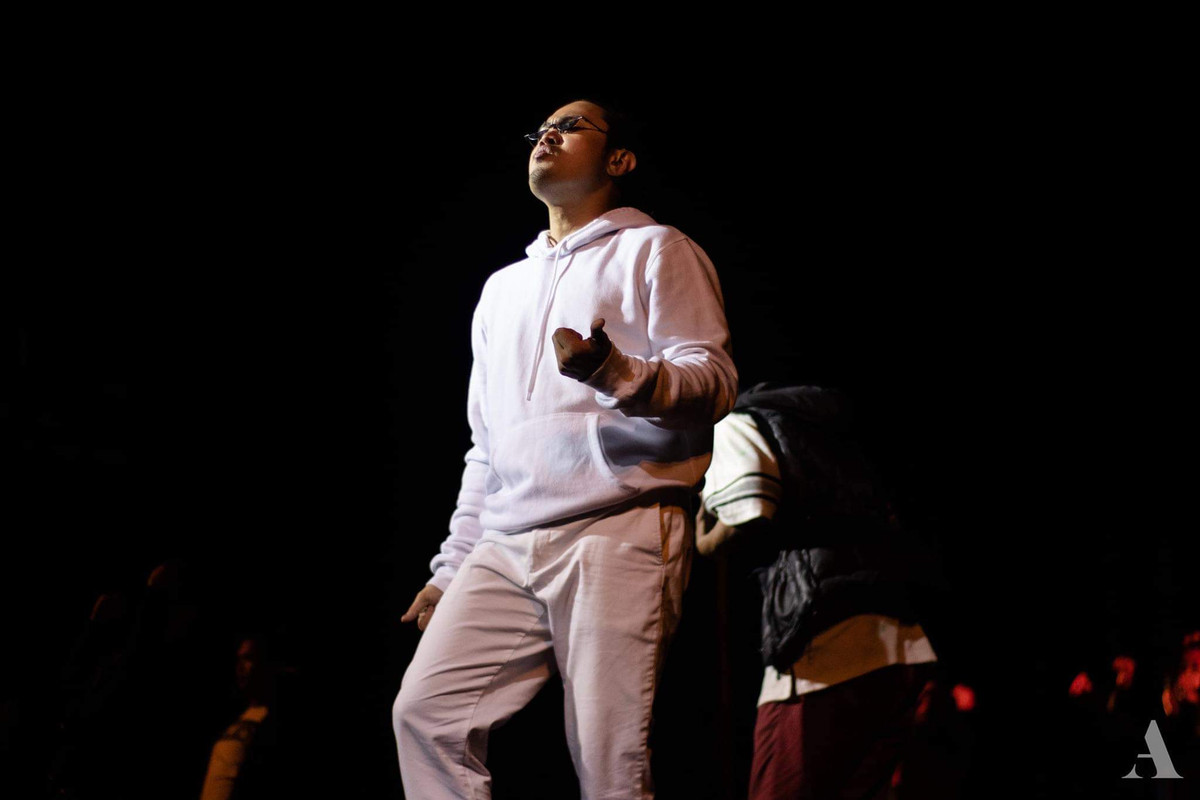
What do you do? And what role does music play in your art?
I do sign language song interpretation. When Britney Spears’ “Baby One More Time” became popular in the ‘90s, a classmate made me listen to that and I just fell in love with its beat. I then started to get more curious with music.
I became interested in music because my father was constantly singing karaoke in front of me when I was a child. I also wanted to try it myself, I frustratedly tried to speak and sing. That’s how my parents brought me to an oral school. I was an active student in our music class, participating in Christmas carols and theatrical music. Michael Jackson was my favorite artist. I was only obsessed with his dance moves, not his music. For me, beats always come first. It made me feel energized, joyful, and motivated.
Kindly share with us your experiences—what form of media is most helpful for you to experience music? What cues are most important or most helpful for you when listening to music?
Watching MTV with subtitles guided me. Nowadays, I always watch YouTube videos with lyrics and I do lipreading so that I could follow the artist’s singing. I also rely on vibration, rhythm, and movements.
How do you think interpreting music through FSL is different from or similar to interpretations on non-music dialogue?
Different. Music is music. Talking is talking. Interpreting music is an art of feeling, expressing, and creating rhythm that makes people feel the song.
OPM needs to be more inclusive for it to be exciting and lively for the Deaf.
How would you describe music?
Music makes me feel elevated and relaxed.
What do you hope for the local music industry to know about the Deaf community? Are there any specific changes you wish to take place?
OPM needs to be more inclusive for it to be exciting and lively for the Deaf. If a song is in Filipino, they can add English subtitles. Since most of the Deaf’s first language is in English and Sign Language, they depend on interpreters to translate a Tagalog song to English and FSL.
Sarah Jael Cortez, FSL Interpreter
Can you introduce yourself? How long have you been providing FSL interpretation?
My name is Sarah Jael, a singer, songwriter, and interpreter for the Deaf community. I have been providing FSL Interpretation for 11 years now.
I am currently affiliated with Philippine National Association for Sign Language Interpreters (PNASLI), which is dedicated to the advancement of sign language interpreting in the Philippines.
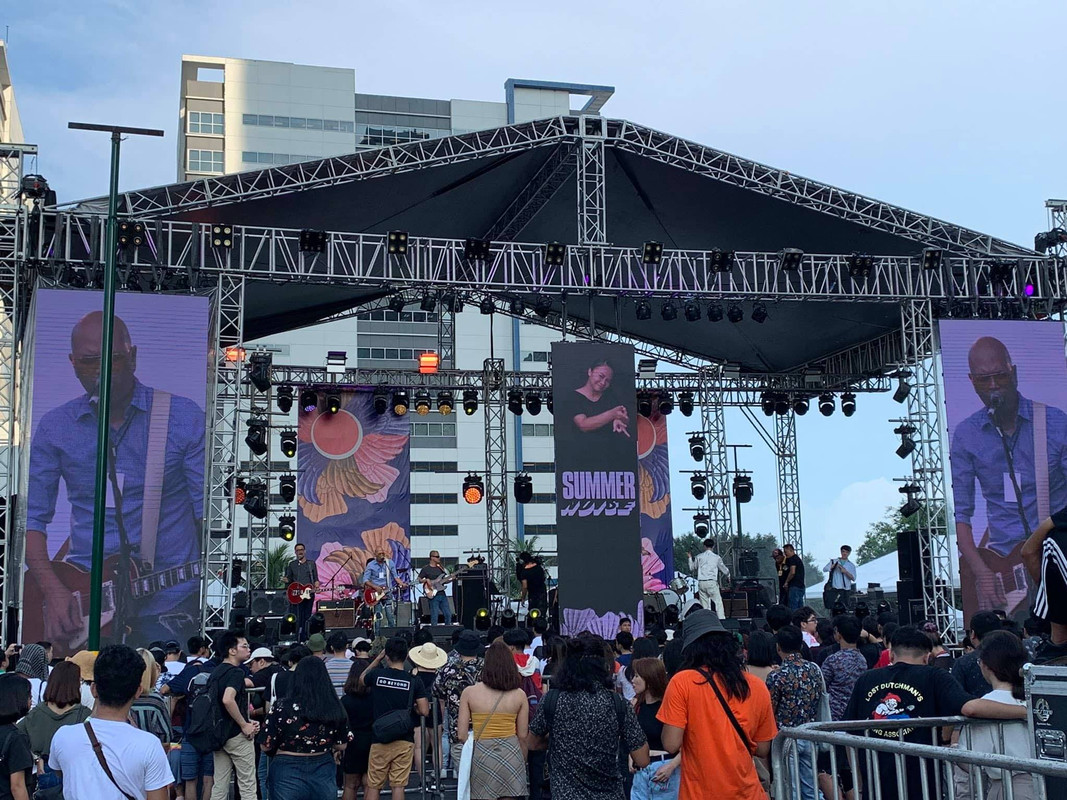
When did you start and why did you learn FSL?
I started to learn sign language in the summer of 2009. I have a younger brother who is Deaf. Prior to my learning of the language, we used to communicate through writing and simple gestures, which was quite challenging as I felt the language barrier. The desire to have a deeper conversation and stronger connection with my brother led me to study sign language. The more I understood the language, the more I understood the Deaf as a community with its own set of values and culture.
When did you start providing FSL interpretation at music events? What do you think of FSL, as well as its absence, at music events?
In 2009, I started providing music interpretation in our local church every Sunday. I would interpret the songs being sung during the service. For music events, I had the honor of interpreting for The Rest is Noise in 2018. I felt so much delight knowing that in the Philippines, there finally is a group willing to create inclusive music events for the Deaf community. What a milestone indeed.
Providing FSL interpretation at music events is a breakthrough for the Deaf community, as they are also entitled to sound and music. Interpreting enables the Deaf to appreciate music as music becomes a “visual” form of art when interpreted.
What is the most important things to know about interpreting music—specifically, the nuances between interpreting regular dictations (conversations, etc.) and music or audio?
When interpreting a song, it is important to keep the following in mind. First, music is not only heard or listened to, it can also be a visual experience for the Deaf. With this being said, an interpreter plays a crucial role in music appreciation and interpretation. The interpreter’s facial expression, body movement, hand shape, and speed in signing are all important.
Second, a musical interpreter must really familiarize oneself with the song by listening to it enough to ensure that the signs are of the same beat, rhythm, and intensity. Third, an interpreter must understand the lyrical meaning of the song. Research helps. This is for the interpreter to be able to effectively convey the meaning and emotion of the song to the Deaf audience. Finally, interpreters need to understand the emotional power of music. It can empower the listeners. So at music events, being an effective interpreter allows the Deaf community to be part of that experience and they too can live in the moment.
On the other hand, when interpreting regular conversations or at speaking engagements, it’s important that the interpreter must be able to practice active listening and comprehension to convey the accurate message to the Deaf audience, and that speed in signing must also be on point with the speaker’s pace.
Providing FSL interpretation at music events is a breakthrough for the Deaf community, as they are also entitled to sound and music.
What do you hope for the local music industry to know about the Deaf community? Are there any specific changes you wish to take place?
I hope that the local music industry could also provide accessibility to music to the Deaf community. The stigma that music does not belong to the Deaf since they “cannot hear it” is a misconception. It may be a mystery to some, on how the Deaf, who lacks the sense of hearing, appreciate music? Well, that is where music interpretation comes in.
I have always been passionate about music. I believe that music is a powerful tool to heal and connect with one’s emotion, character, and being. It is so powerful that I would like it to be accessible and inclusive for all—including the Deaf community. With this, whenever I do song covers, I make sure that there is an FSL interpretation and caption for the Deaf listeners to also appreciate the songs I sing. Interpretation connects the Deaf and the Hearing communities.
In the near future, I am hoping for more opportunities where concert venues (mainstream or online) could hire interpreters, who understand the emotional power of music for the Deaf.
Special thanks to Bayani Generoso, Jr. and Sarah Jael Cortez. For FSL interpretation inquiries, you may contact PNASLI.
